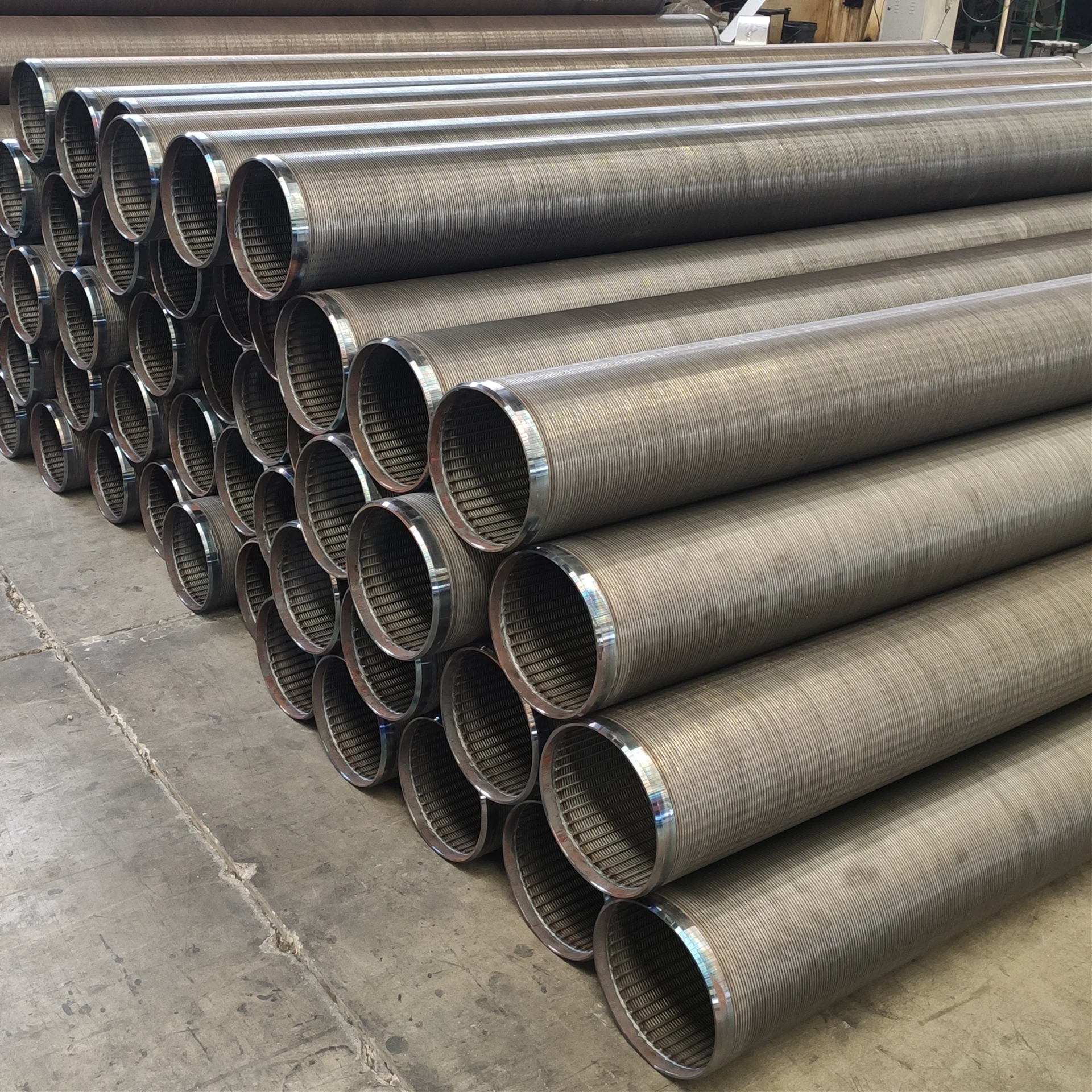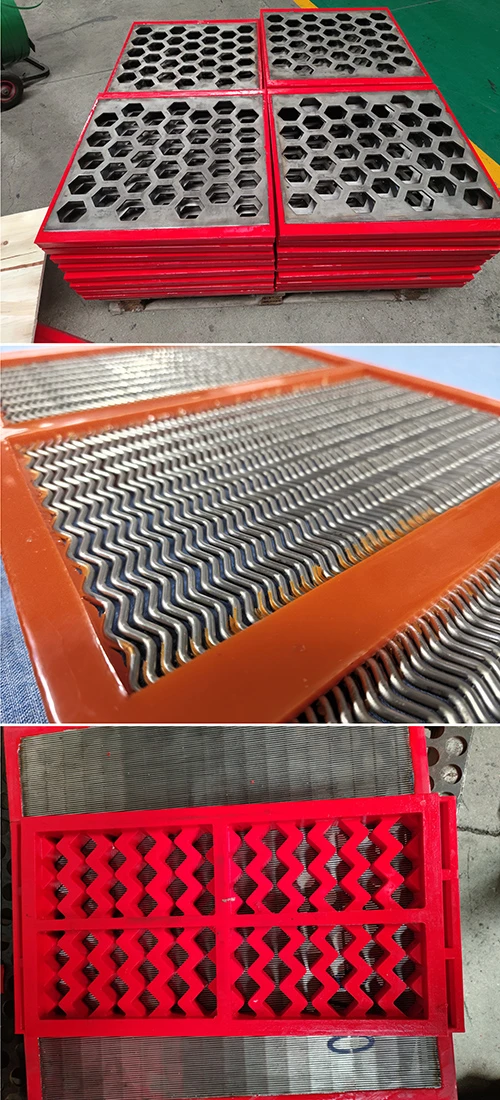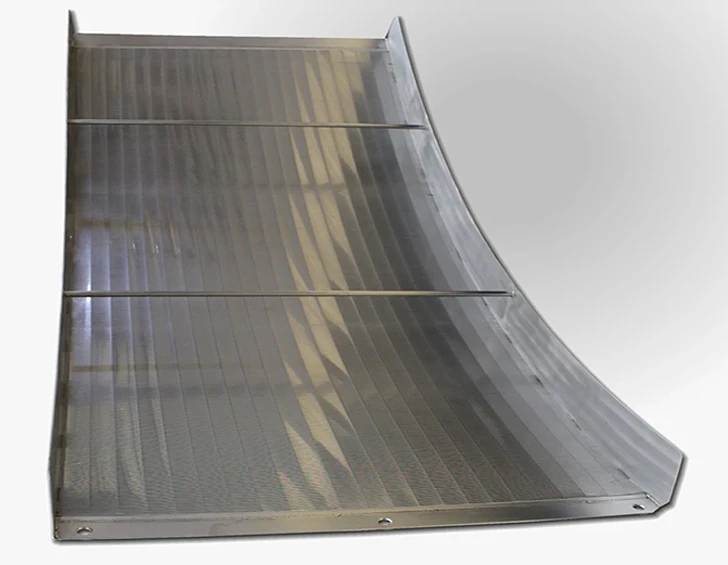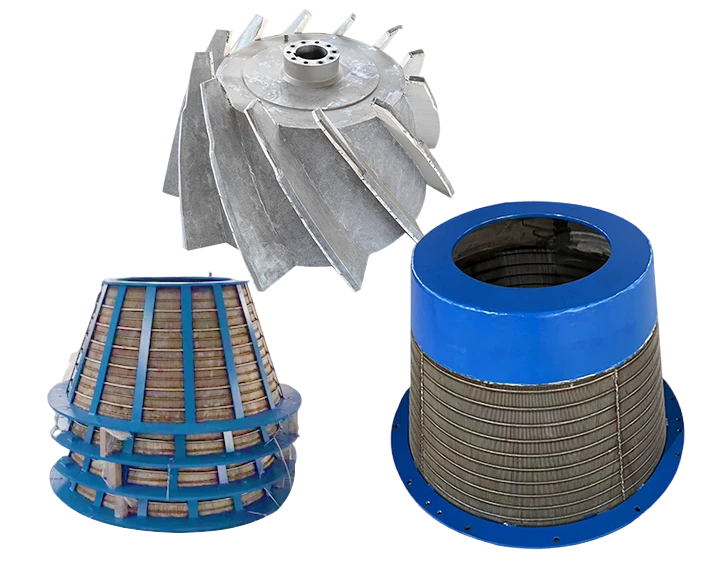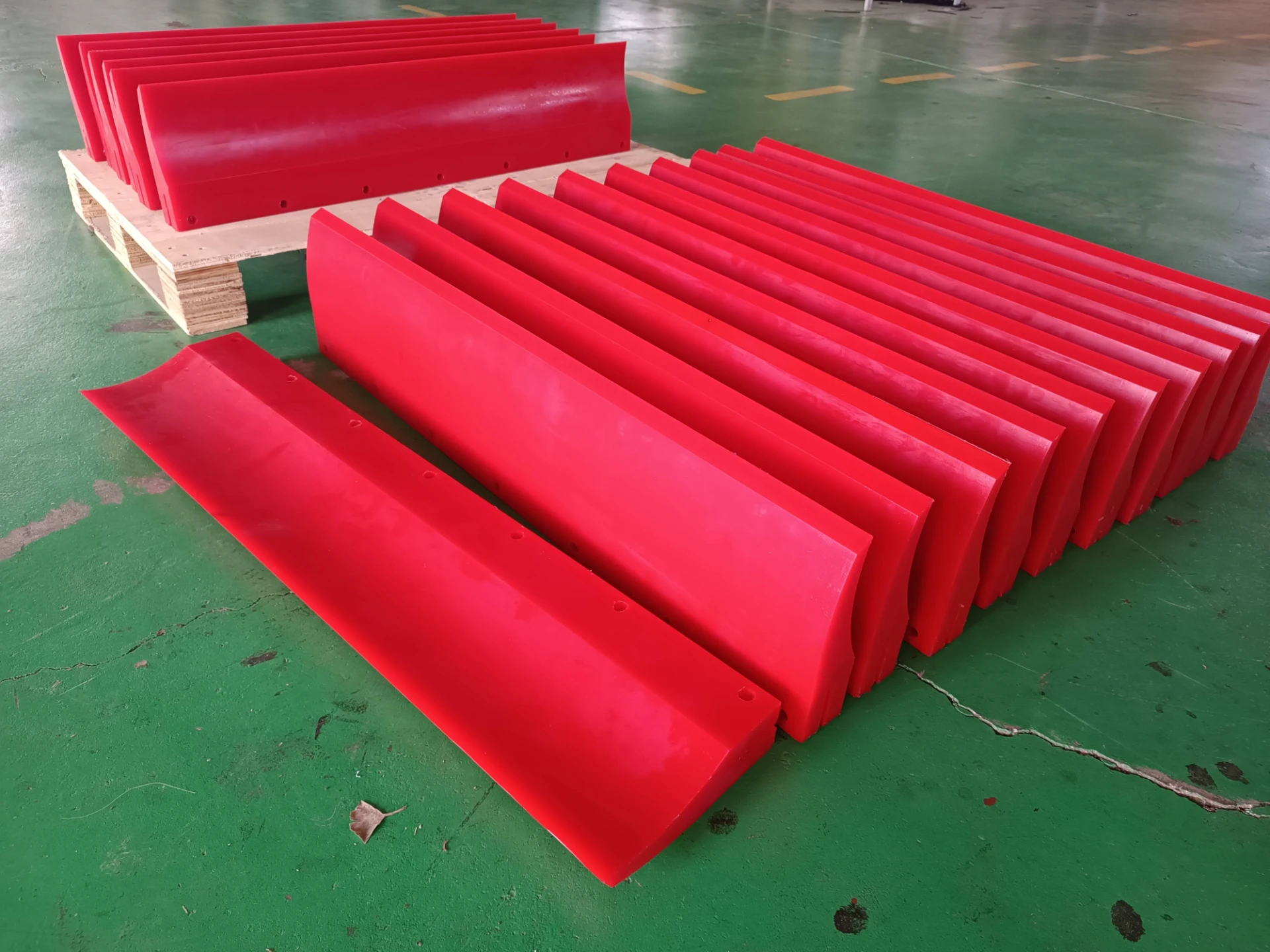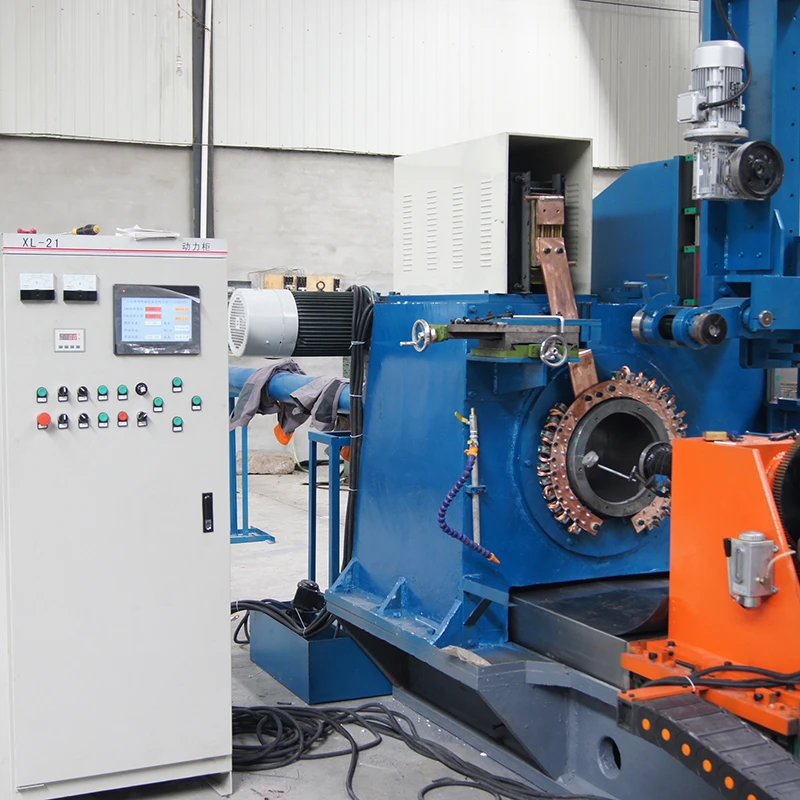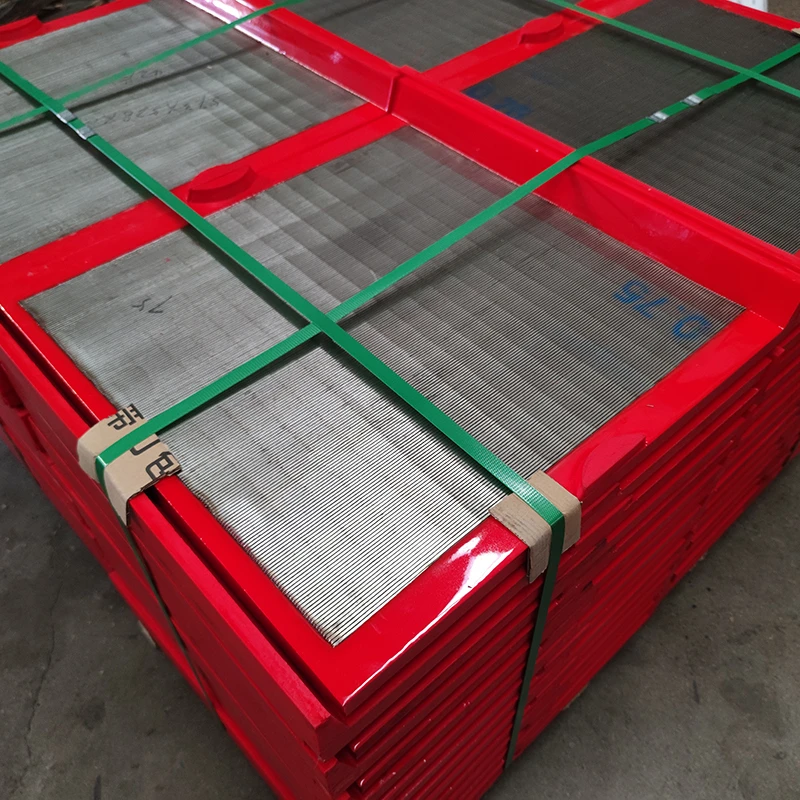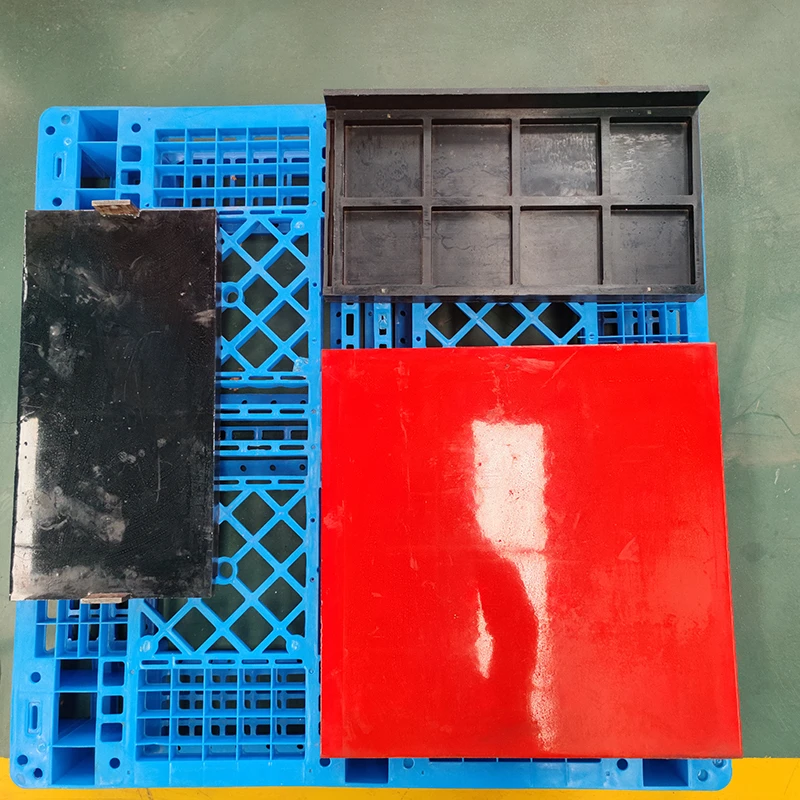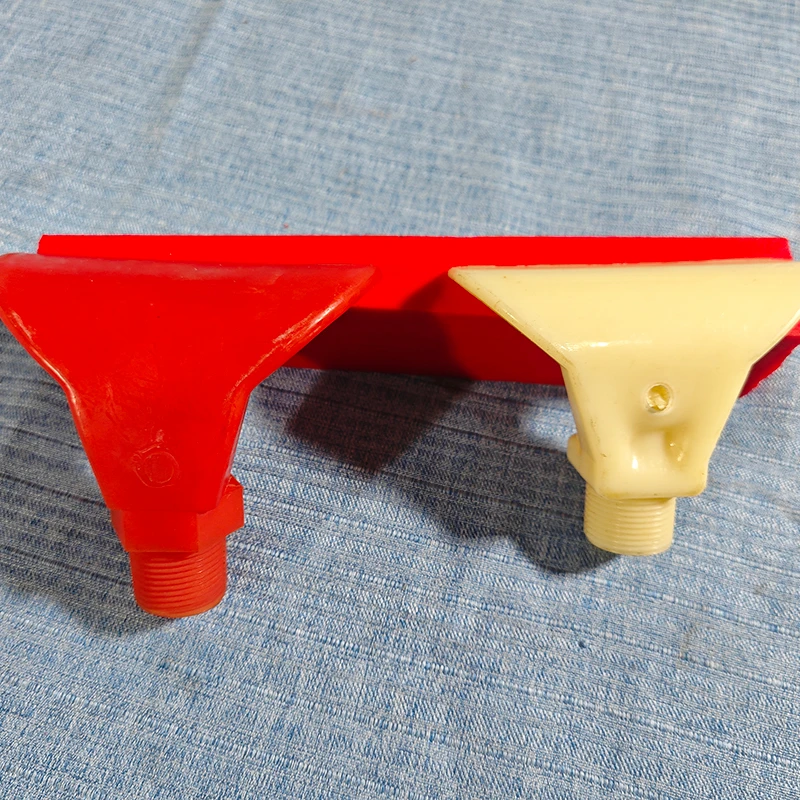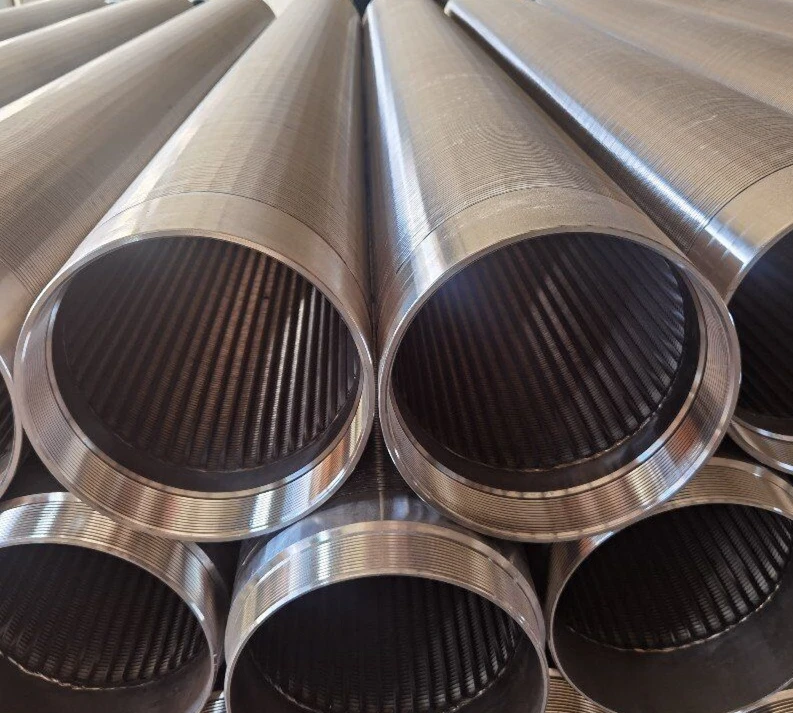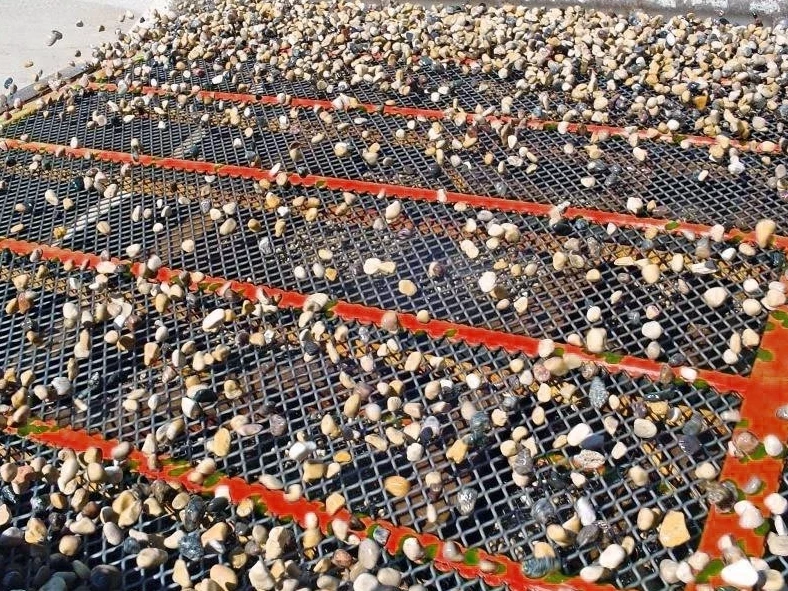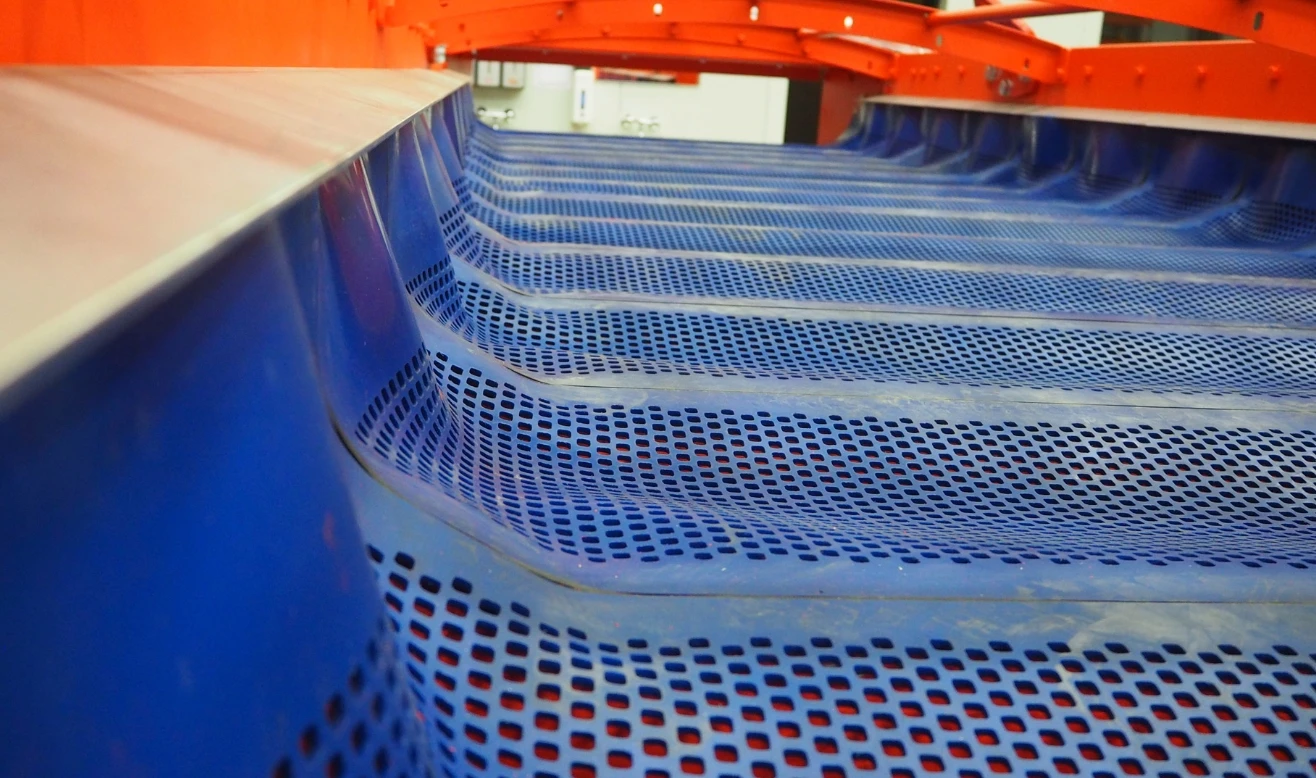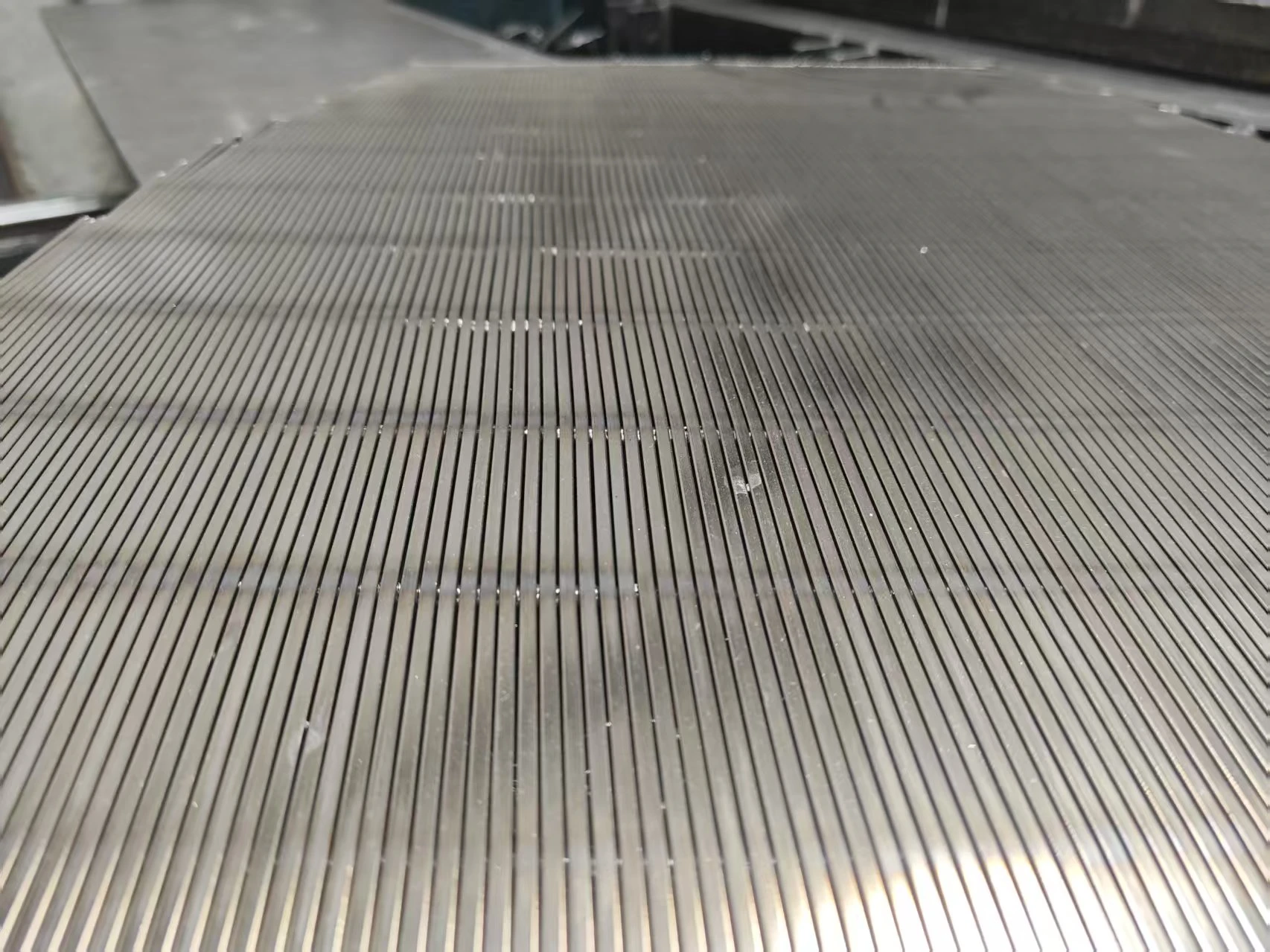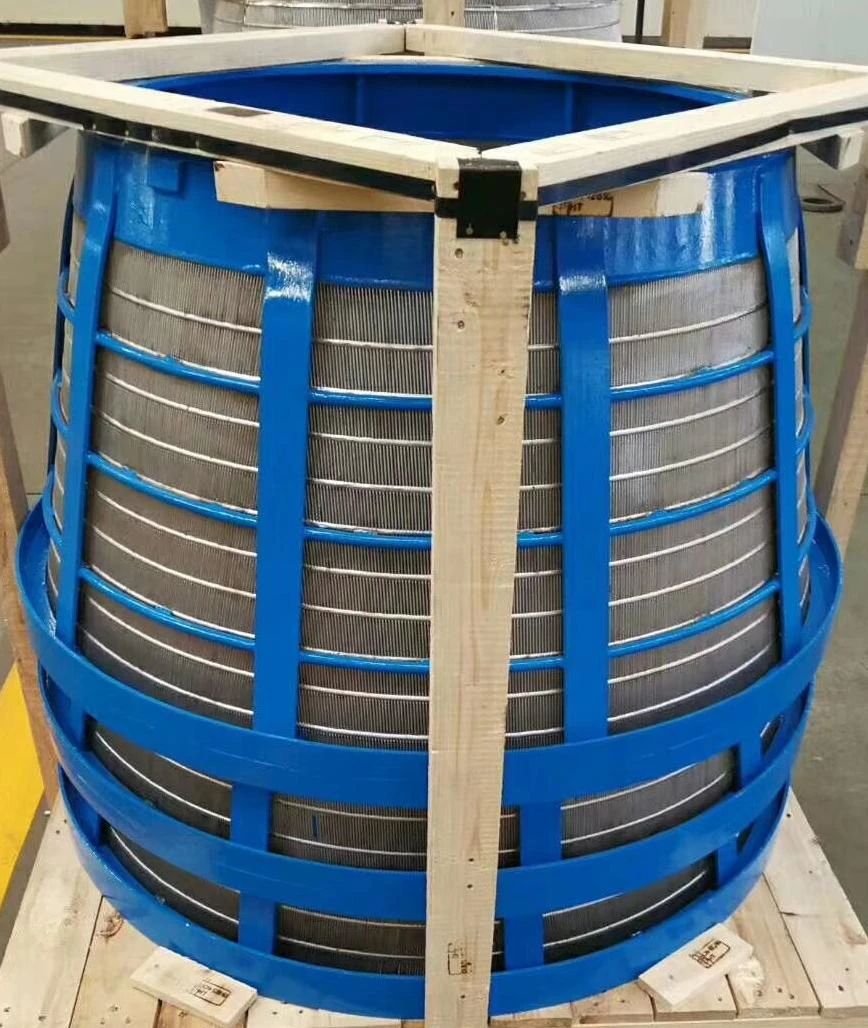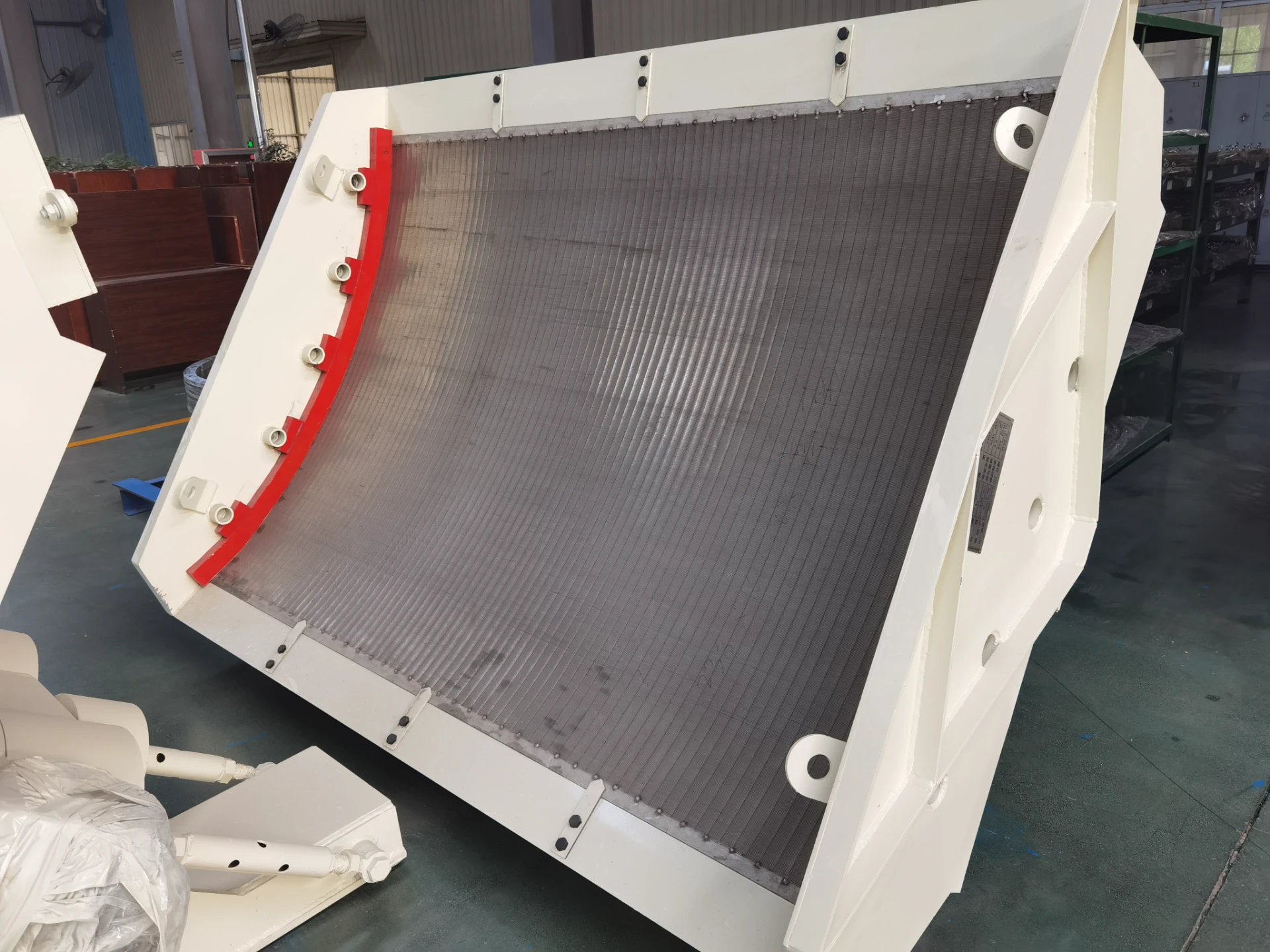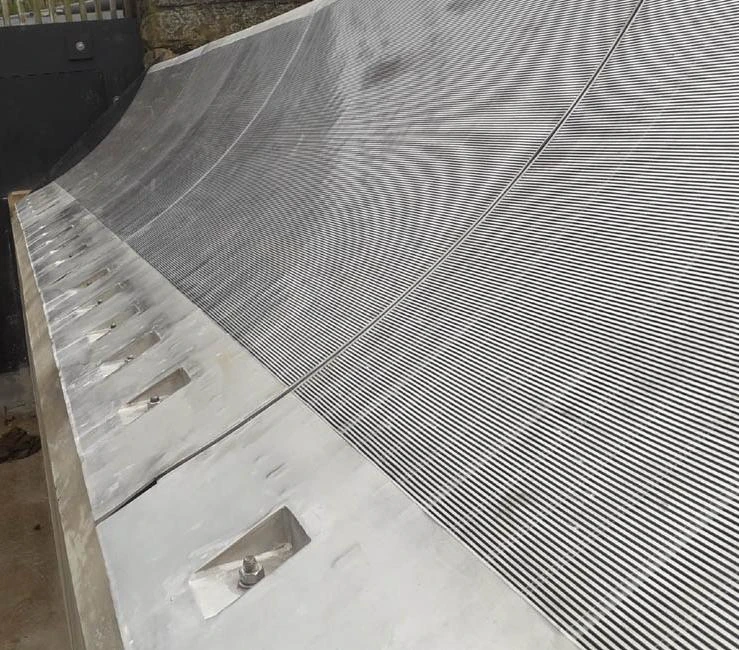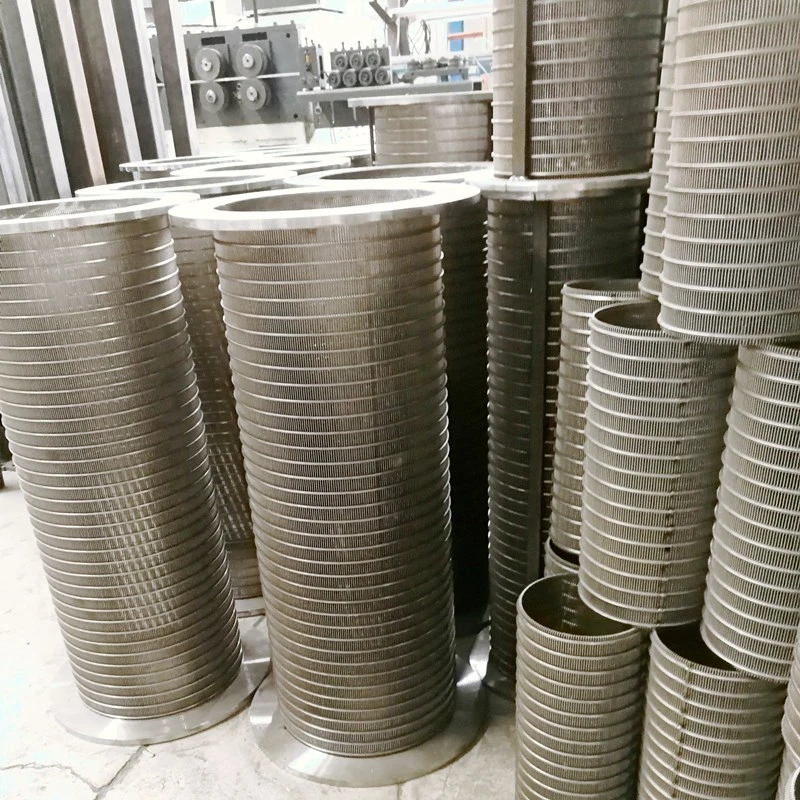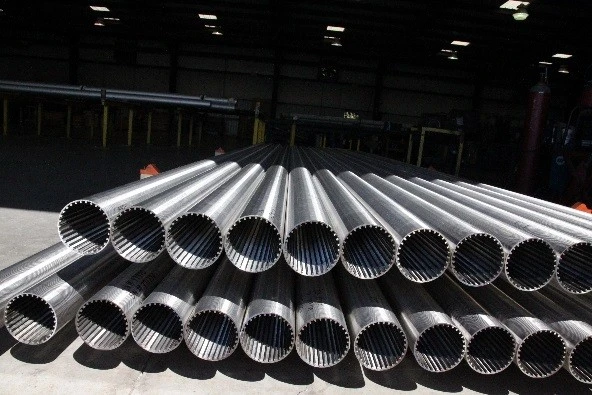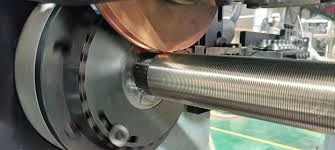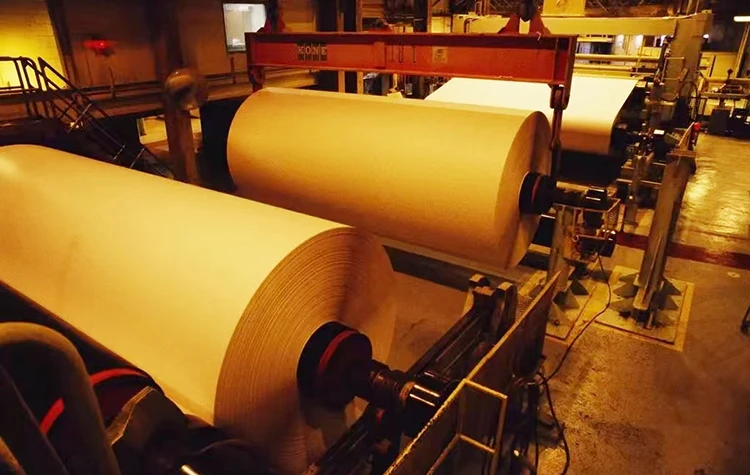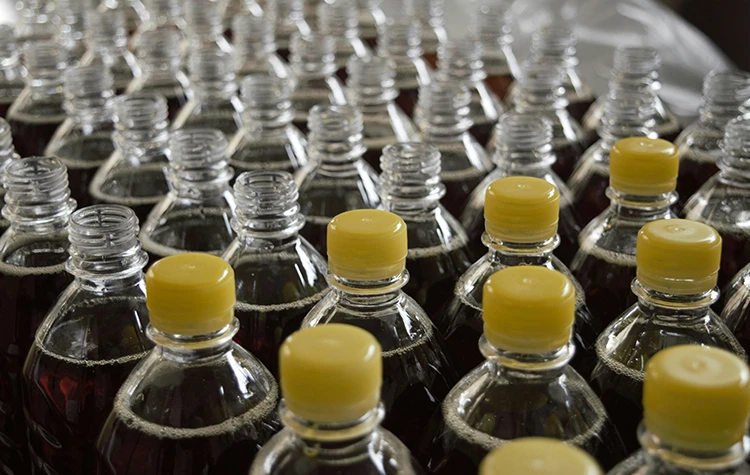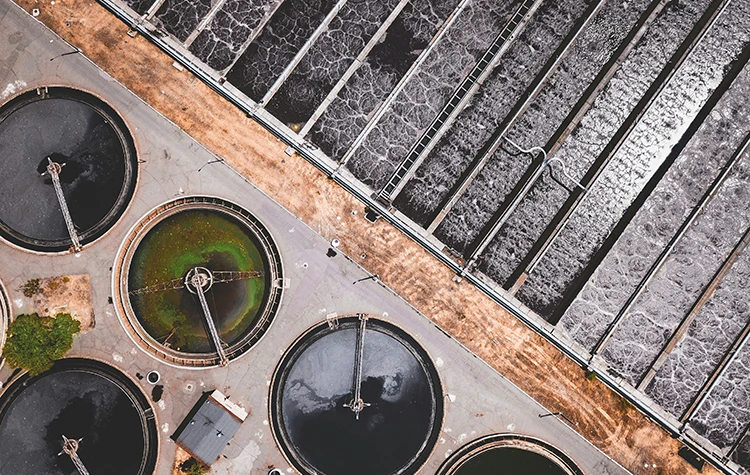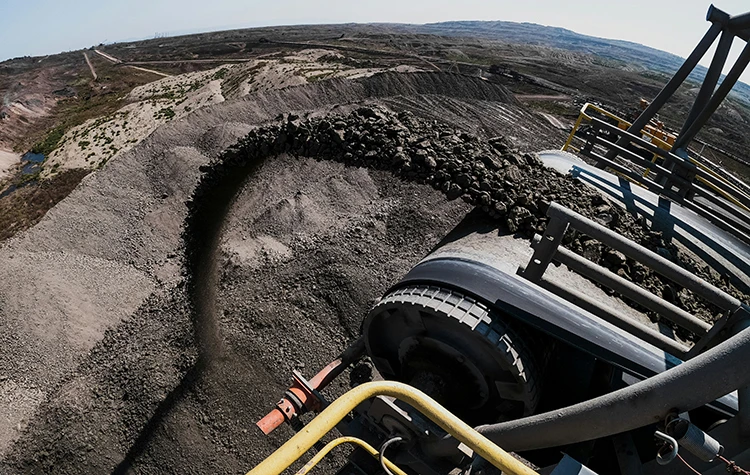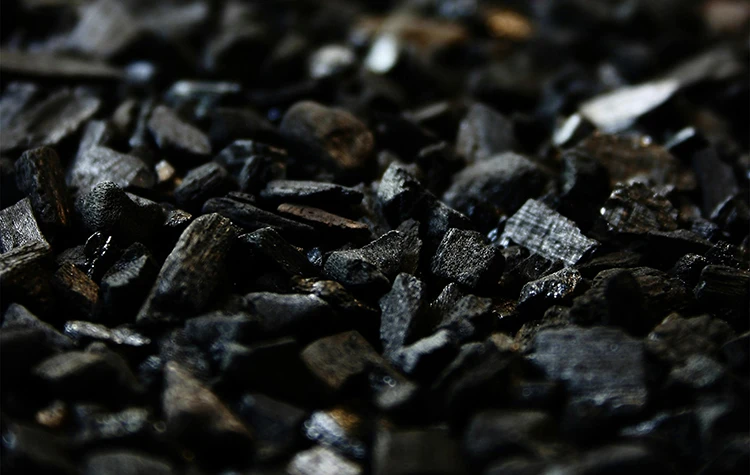Screens play a crucial role in water treatment by removing suspended solids, debris, and other large particles from raw water sources. In municipal and industrial water treatment plants, screening is the first stage in the purification process, preventing damage to downstream equipment such as pumps, membranes, and filters.
There are different types of screens used in water treatment, including bar screens, drum screens, and wedge wire screens. Bar screens are commonly used at the intake point to remove large debris like leaves, branches, and plastics. Drum screens and wedge wire screens, which offer finer filtration, are often used to remove smaller particulates before the water undergoes coagulation, sedimentation, and filtration.
Wedge wire screens are highly efficient in water treatment applications due to their precision, durability, and clog-resistant design. They are used in sand filtration systems, pre-treatment units for reverse osmosis (RO), and intake screening for desalination plants. The fine slots of wedge wire screens effectively separate suspended solids, ensuring that water entering the treatment system is free from excessive contaminants.
Additionally, self-cleaning screens are widely used in modern water treatment facilities to minimize maintenance requirements and ensure continuous operation. These screens automatically remove trapped particles, reducing downtime and improving efficiency. As sustainability becomes a growing concern, screens are increasingly used in water recycling systems to filter wastewater for reuse in industrial and agricultural applications.
By incorporating advanced screen technology, water treatment plants can improve operational efficiency, reduce maintenance costs, and enhance water quality, making clean and safe water more accessible.

